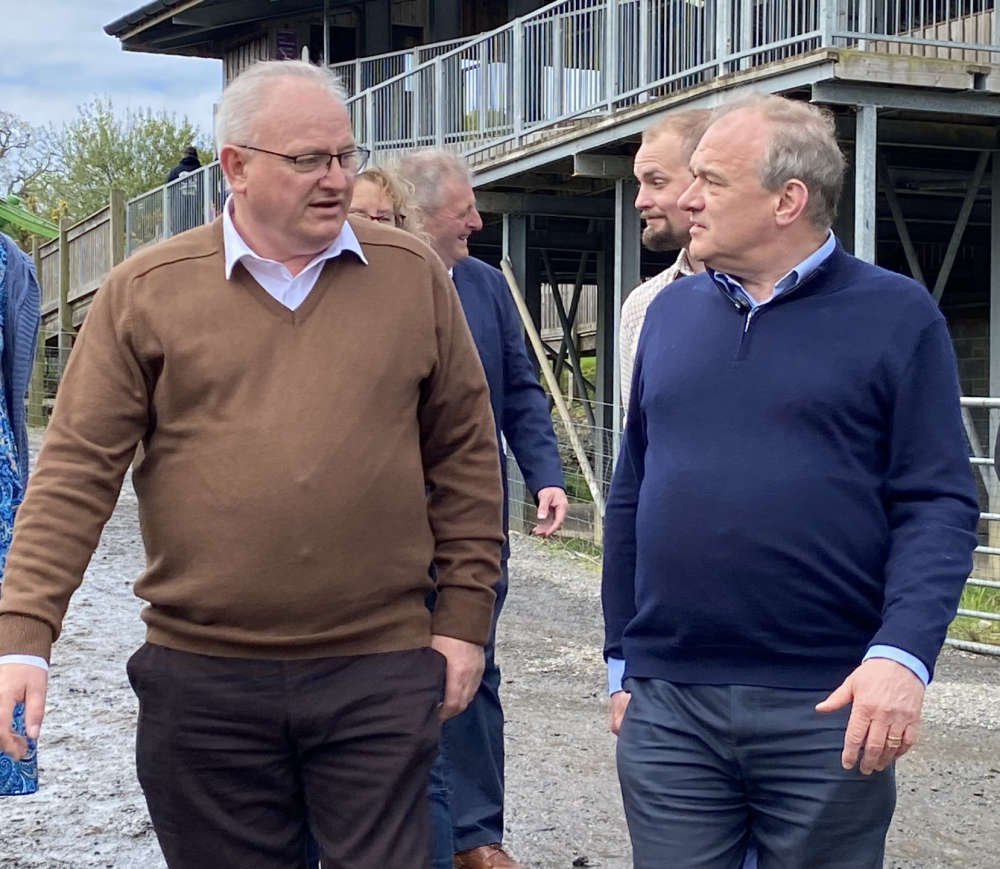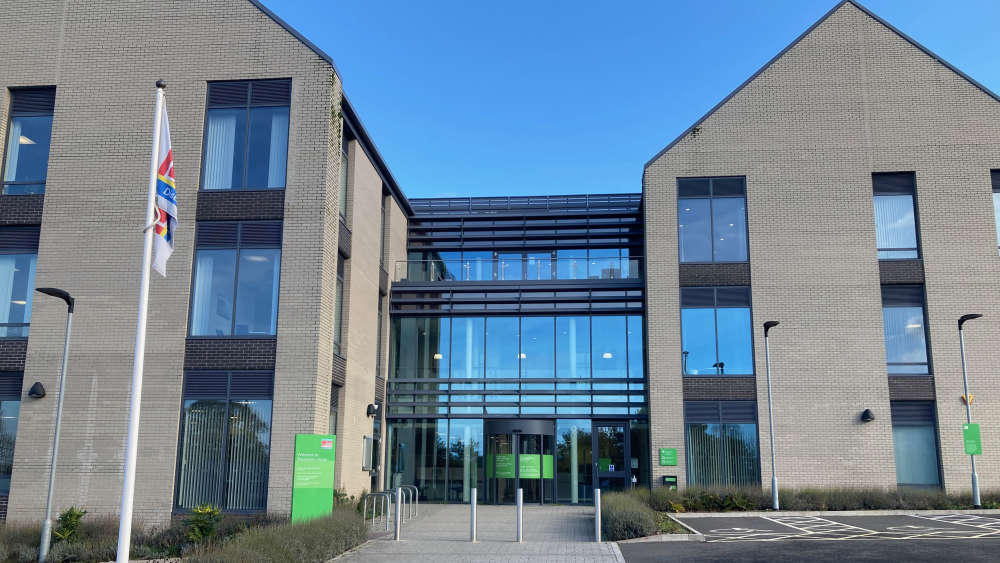
It may change way homes are built
Exeter University scientists are working on a project to asses how the housebuilding industry is affecting climate change.
Funded by Vistry Group, the company that owns Bovis and Linden, they're looking at the impact of a rise in temperatures of both two and four Celsius.
As well as the climate scenarios the research will also explore flood risks and the overheating potential of standard house types. The results will influence the way future houses are built, the materials used, and how they are powered.
All large companies will probably required to complete climate change risk assessments at some point. Issues will include people’s exposure to heat, the way materials react to hotter temperatures, what the future power supply will look like and increased likelihood of flooding and extreme weather, as well as changes in policy and expectations of customers.
Dr Matt Eames and Dr Peter Melville-Shreeve from the College of Engineering, Mathematics and Physical Sciences at the University of Exeter, are leading the research. Dr Eames said: “This scenario analysis is crucial for determining how our houses need to evolve in the future. It is exciting to work on something where we will see the real-world impact in a comparatively short time.”
Alex Roberts, group sustainability manager at Vistry, said: “These meaningful results will help us identify the risks and opportunities of future changes, both in terms of physical climate impacts and policy, so that we are well-prepared, innovative and can communicate our strategy and direction in a clear way.”
Graham Prothero, chief operating officer at Vistry, said the housebuilding industry, including the new Future Homes Task Force, would gain from the project. He said: “Meeting the ambitions set out by the task force requires a new approach and cross-sector collaboration. “
This research won’t just help us at Vistry, the results will be fully open so that all housebuilders can benefit. It is the first step in what we hope will be a longer-term research partnership.”
 Man sentenced after killing estranged wife
Man sentenced after killing estranged wife
 Five to fight it out in North Devon by-election
Five to fight it out in North Devon by-election
 Lib Dem leader calls for upgrades to North Devon hospital
Lib Dem leader calls for upgrades to North Devon hospital
 Man arrested after threatening messages sent to Exeter schools
Man arrested after threatening messages sent to Exeter schools
 Postal vote requests jump nearly 20% in East Devon
Postal vote requests jump nearly 20% in East Devon
 Teenager arrested following sexual assualt in Devon village
Teenager arrested following sexual assualt in Devon village
